Village of the Week: From fifth century jewellery to a mass campaign to preserve the village where the beck flows past garden gates
At first glance, as you get to the houses, they are not brand new, but new enough to notice the village has been developed. Dotted in between them are older, characterful properties that are of age – maybe Victorian, maybe Edwardian.
Head off down Main Street and there is more of this. Some have becks and streams running alongside them, some have neat flower-beds in front of them.
Advertisement
Hide AdAdvertisement
Hide AdAs the tree-lined A19 continues into the village, there are imposing yet neat cottages. They have intricate details of red brickwork around the windows and doors and a chimney for every room.
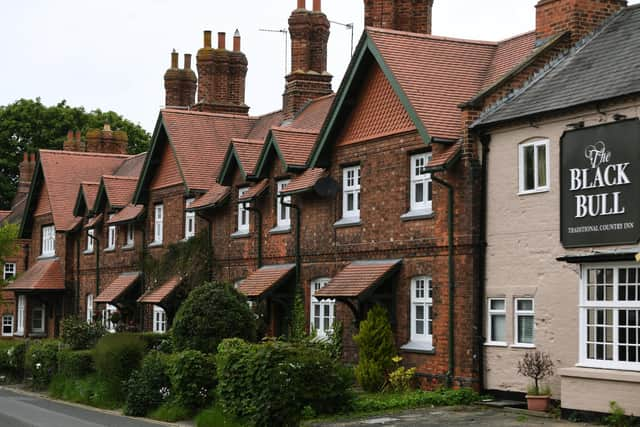

Their yards, driveways and garden gates are irregularly shaped and you know these weren’t built to fit into a developer’s spreadsheet.
Across the road is The Parsonage Hotel and Spa, yes it did used to be the actual parsonage,and was built in the 1840s. St Helen’s Church and graveyard is next door.
Skipwith Road runs behind the A19 and parallel and is lined with substantial homes that, while are not as old as The Parsonage, have been built sympathetically to be in keeping.
Advertisement
Hide AdAdvertisement
Hide AdSome others could be 60s and 70s and tucked away in quiet cul-de-sacs.
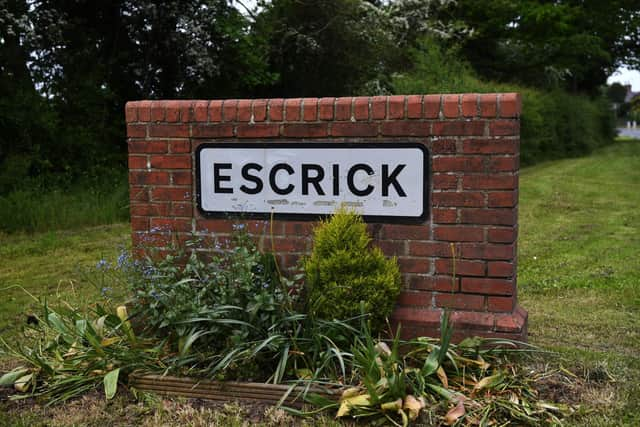

There are actually just 380 houses in the village and just over 1,000 residents.
Some locations of note, other than the church and the hotel are Escrick Hall (now part of Queen Margaret's School), The Dower House (now converted to flats) and the former Police Station and Court House (also now flats), The Jubilee Fountain on Main Street which is grade II listed and was built to commemorate Queen Victoria's Diamond Jubilee in 1897, the Coronation Memorial at the Main Street/Carr Lane junction) built to mark the coronation of King George VI in 1937 and a World War I Memorial in the church grounds and a World War II Memorial in the bus stop on Main Street.
You can see why the locals, and those from neighbouring villages, would be vehemently opposed to plans to 3,500 homes being built near by - it would be a ten fold increase. And that is just the buildings, not the amount of people living in them.
Advertisement
Hide AdAdvertisement
Hide AdMost recently, Escrick has been involved in a campaign to stop the new town, which they say is damaging and unnecessary.
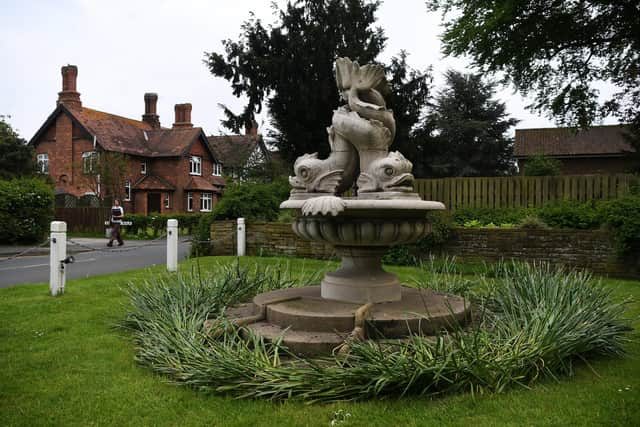

The Halt Heronby is an action group of concerned residents from Escrick, Riccall, Stillingfleet, Deighton, their respective parish councils and local landowners, who are concerned about plans for the entirely new community.
Heronby has been selected as Selby District Council’s preferred option for a new settlement as part of its Local Plan. A final decision has not yet been made and the plan is currently undergoing a public consultation exercise.
Landowner Escrick Park Estate has described Heronby as a “garden village”, but campaigners have said a “utopian picture” is being painted.
Advertisement
Hide AdAdvertisement
Hide AdSpeaking in The Yorkshire Post last year, group member Phil Wade said: “This is not a village as it is being marketed. With eventually up to 3,500 homes and a population of up to 12,000 people, it is clearly a town that is being planned – that is bigger than Tadcaster.
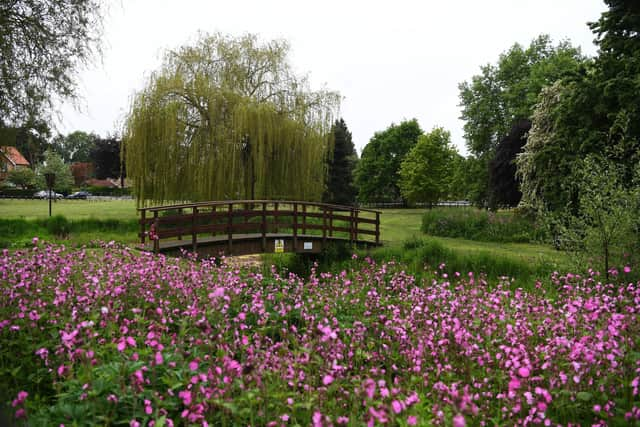

“We just can’t understand the logic – housebuilding on this scale should be focused on previously used brownfield sites close to existing public transport hubs.”
The aforementioned Escrick Park Estate has been owned and managed by the same family for more than 350 years. Charles Forbes Adam is currently at the helm and has concentrated on diversification and conservation in order to maintain and develop the Estate.
It started in 1668 when Sir Henry Thompson, Lord mayor of York, successful wine merchant and ancestor of current owner bought the Lordship of Escrick.
Advertisement
Hide AdAdvertisement
Hide AdOver the next 150 years the Estate increased in size and grandeur, and Beilby Thompson had the village of Escrick moved to the north of the Manor House.
Today, following a combination of death duties and lavish lifestyles, the Estate is now just under 8,000 acres but, the family says, the building of Heronby on their land will aid the environment and tackle congestion and climate change.
A decision by planners and the authorities has yet to be made.
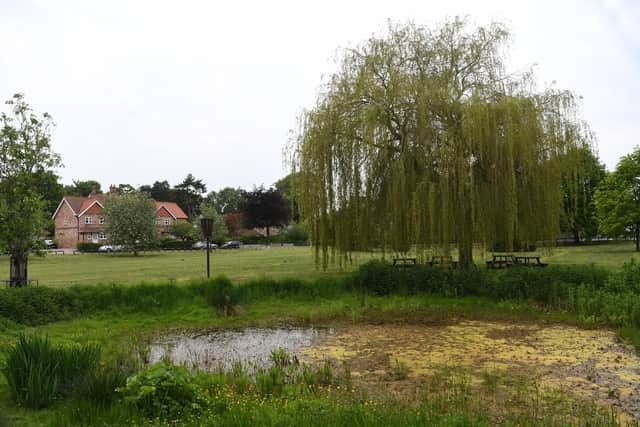

Going back to the beginning of Escrick though - it can trace its history back to medieval times but is thought to have developed as a settlement on the glacial moraine that runs west to east through the village, where the land will have been less prone to flooding.
Advertisement
Hide AdAdvertisement
Hide AdIn the Domesday Book of 1086, Escrick was called ‘Ascri’, and it had only nine villagers, four freemen and eight ‘ploughlands’.wn as “Ascri" (Ash Ridge).
There is evidence of a church in 1262 and 1323 is the earliest record of a manor house.
However, there was a discovery 14 years ago that would bring the history of Escrick very much to life - and left archaeologists baffled.
The Escrick ring, a gold finger ring set with a large blue gemstone and red glass cloisonné dating to the 5th to 6th century AD, was discovered on May 22 2009 in a field near Escrick by a a metal detector.
Advertisement
Hide AdAdvertisement
Hide AdIn January 2013 experts from UK universities gathered in York at a conference organised by the University and the Yorkshire Museum to discuss the nature and significance of the ring. It was subsequently argued to date from the 5th or 6th century – not the 10th or 11th as originally believed. It was deemed to have come from Europe, possibly France, and it was thought to have belonged to a king, leader or royal consort – not a bishop, which was also a previous theory.
The ring was acquired by the Yorkshire Museum in 2011 for £35,000 and placed on public display. The money was raised with grants from the Art Fund, the MLA/V&A Purchase Grant Fund, the Headley Trust and York Philosophical Society. Since 2017 it has featured as one of the key objects in the exhibition 'Medieval York: Capital of the North'.
